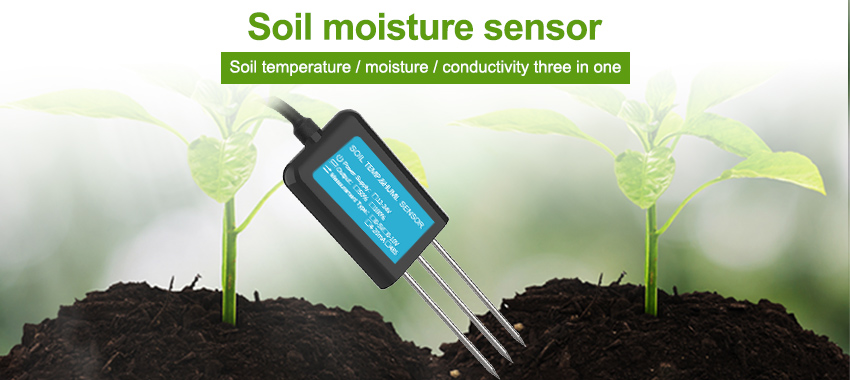Wireless Soil Sensors

Wireless soil sensor are a recent development in the field of agriculture and environmental monitoring. These sensors use wireless communication technology to transmit soil moisture and other related parameters, freeing them from the constraints of wired connections. In this article, we will explore the benefits and challenges of using wireless soil sensor.
Benefits of Wireless Soil Sensors
Wireless soil sensor offer several benefits over their wired counterparts:

Flexibility: Wireless soil sensors allow for easy installation and movement, as they do not require hardwired connections. They can be placed in various locations, depending on the requirements of the application.
Reduced Maintenance: Wireless sensors eliminate the need for expensive and time-consuming wire connections, resulting in lower maintenance costs and increased system lifespan.
Improved Monitoring: Wireless sensors allow for real-time monitoring of soil parameters, enabling rapid response to changes in soil conditions. This can be particularly useful in agricultural applications, where timely decisions can impact crop yields.
Reduced Power Consumption: Wireless sensors have lower power requirements, as they do not need to transmit over long distances. This makes them suitable for applications where power supply is limited.
Challenges of Wireless Soil Sensors
Despite their benefits, there are several challenges associated with the use of wireless soil sensor:
Range Limitations: Wireless sensors have limited range, which may restrict their use in large-scale applications. Signal interference from obstacles such as buildings, trees, or other obstacles may further reduce the effective range of the sensors.
Security Concerns: Wireless sensors are vulnerable to attacks from malicious users, who may attempt to篡改data or disrupt the system. Security measures such as encryption and access control can help mitigate these risks.
Initial Cost: Although wireless sensors offer reduced maintenance costs, they may have higher initial installation costs compared to wired sensors. However, these costs may be offset over time by lower maintenance and energy costs.
Battery Life: Wireless sensors require batteries to operate, and their battery life may be affected by factors such as temperature and frequency of use. Regular battery replacement may increase the overall maintenance costs.

Despite these challenges, wireless soil sensor have the potential to revolutionize agriculture and environmental monitoring applications, providing flexible, real-time, and cost-effective monitoring of soil parameters.
Conclusion
Wireless soil sensors offer several benefits over their wired counterparts, including flexibility, reduced maintenance, improved monitoring, and reduced power consumption. However, they also face some challenges such as range limitations, security concerns, initial cost, and battery life. With the continuous advancement of technology, it is expected that wireless soil sensor will become more reliable, secure, and cost-effective, opening up new opportunities in various applications.